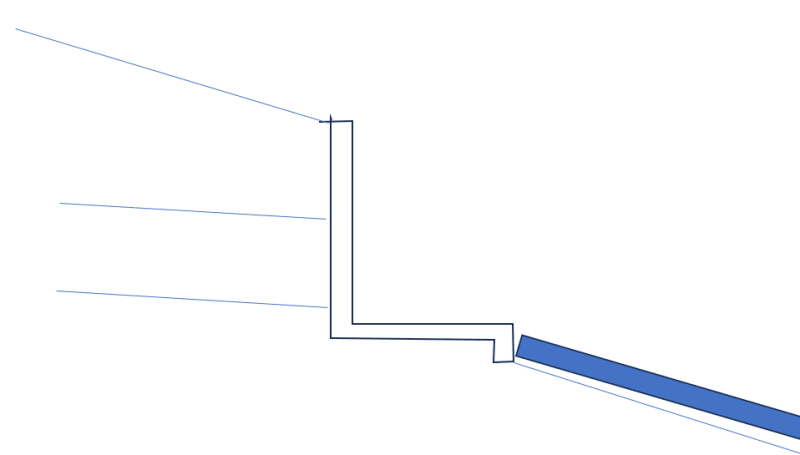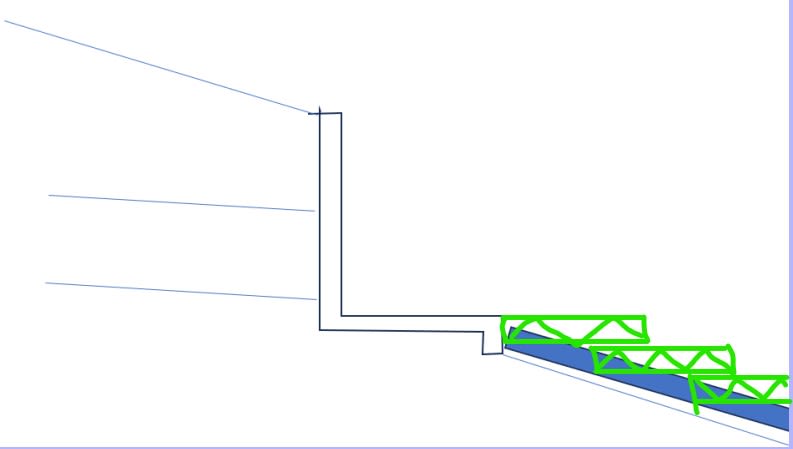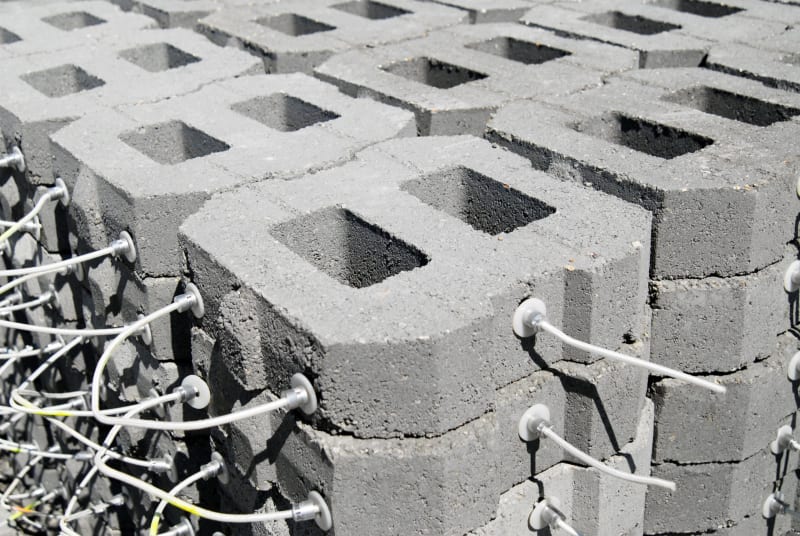Hi all,
See below image. Is there a standard connection detail for connecting a reno mattress (riprap apron) to a concrete headwall.
The ground downstream of the outlet is sloping and I dont want any movement of the reno mattress.
Have considered fixing U bars into wingwall base and U bars at top of mattress and interlocking but not sure if its the best detail
Also considering posts into the ground and tying mattress into them.

See below image. Is there a standard connection detail for connecting a reno mattress (riprap apron) to a concrete headwall.
The ground downstream of the outlet is sloping and I dont want any movement of the reno mattress.
Have considered fixing U bars into wingwall base and U bars at top of mattress and interlocking but not sure if its the best detail
Also considering posts into the ground and tying mattress into them.



